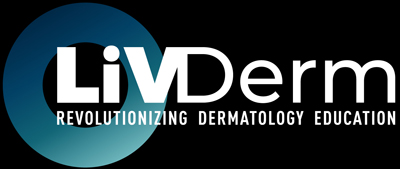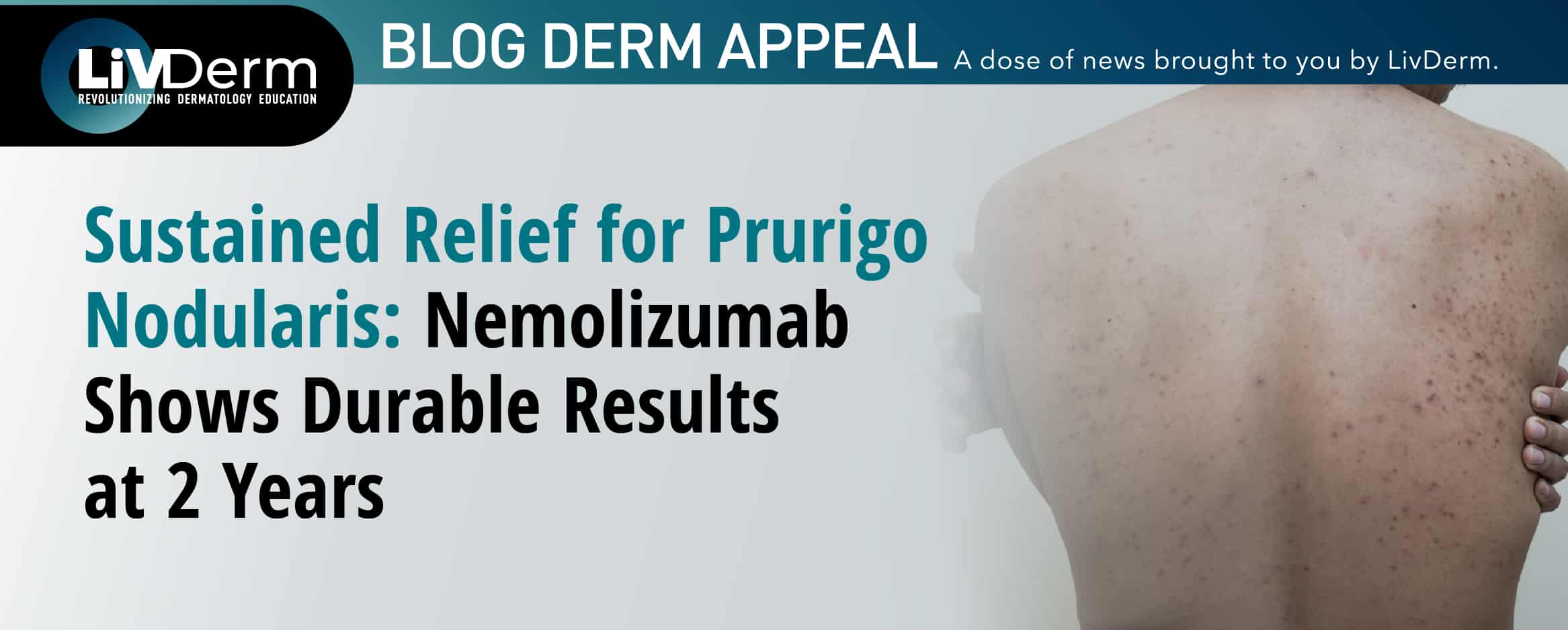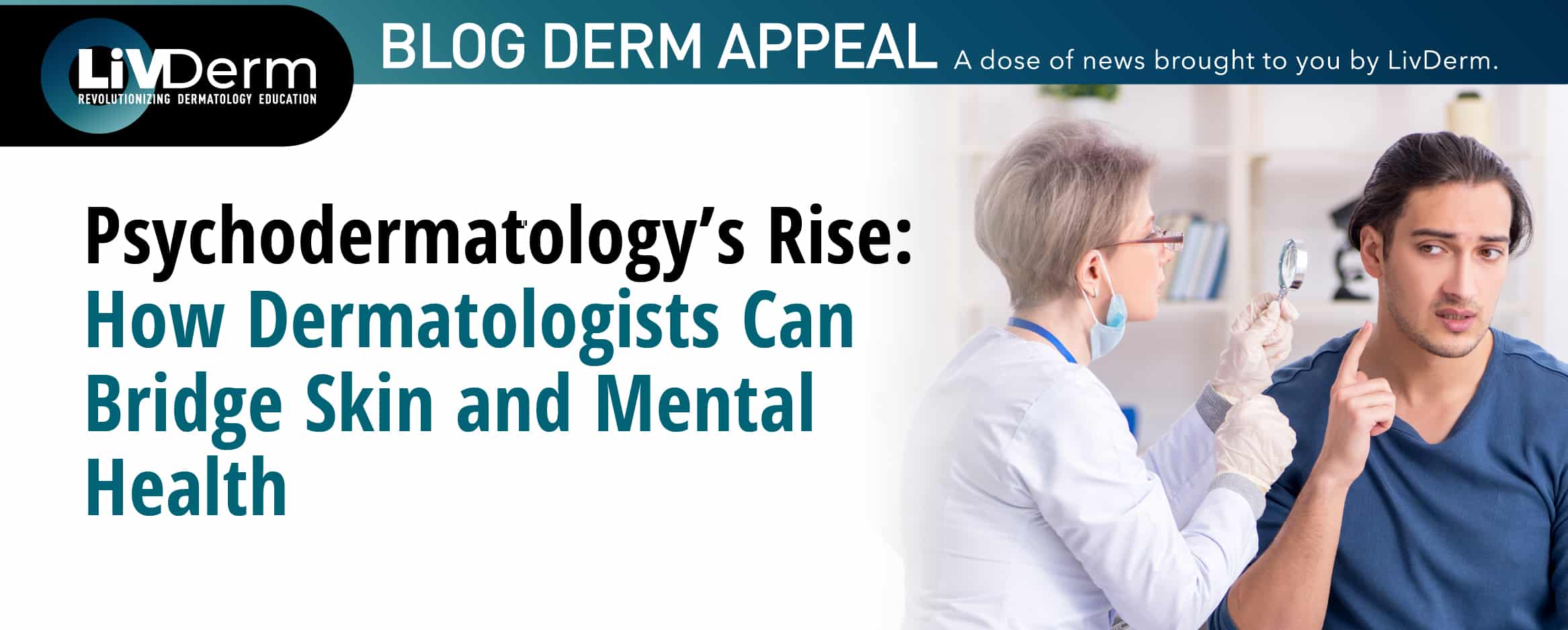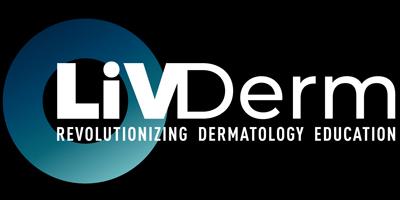Artificial intelligence (AI) continues to make waves in medicine, offering powerful capabilities in image analysis, pattern recognition, and decision support. In dermatology and beyond, AI systems are increasingly promoted as diagnostic aids and sometimes even compared to physicians in terms of accuracy. But as new research underscores, AI’s perceived superiority over clinicians may be overstated, especially when it comes to real-world complexity.
The conversation surrounding AI isn’t about competition—it’s about collaboration. As the technology improves, dermatologists must critically evaluate its place in practice and understand where its strengths begin—and where clinical judgment remains irreplaceable.
The Study: Strong Results, with Important Caveats
In a recent report covered by Healio, researchers evaluated an advanced AI model using simulated clinical cases. The system showed high accuracy in diagnosing rare or complex conditions, surpassing the performance of physicians working individually without the benefit of collaboration or additional tools.
While promising, these findings come with key limitations. The test cases were retrospective and highly curated, closely resembling textbook scenarios more than the nuanced, multifactorial cases physicians encounter daily. Factors such as incomplete histories, social determinants of health, and clinical uncertainty were notably absent.
In the real world, diagnosis is contextual, often shaped by subtle cues during the patient encounter, which is something AI systems still cannot fully replicate.
What AI Can and Can’t Do in Dermatology
AI tools have demonstrated exceptional performance in dermatologic image recognition tasks, particularly in identifying pigmented lesions, eczema, and actinic damage. Some models rival dermatologists in detecting melanoma from dermoscopic images.
But current AI still has limitations:
- It cannot physically examine a lesion, palpate nodules, or assess systemic symptoms.
- It cannot account for the emotional or psychological context of a patient’s concern.
- It is limited by the scope and diversity of the datasets it was trained on—raising questions about diagnostic equity and accuracy across skin tones and populations.
Moreover, AI does not “understand” the diagnostic process. It recognizes patterns, but it does not reason through ambiguity the way a clinician does.
The Value of the Dermatologist in the Loop
AI may flag possibilities, but it’s the clinician who filters signals from noise. The best diagnostic outcomes often emerge from “hybrid intelligence,” where AI provides suggestions or insights, and dermatologists apply critical thinking, context, and experience to validate or reject them.
This collaborative approach is especially valuable in dermatology, where conditions often overlap, evolve visually over time, or are complicated by systemic associations. For example, differentiating between cutaneous T-cell lymphoma and psoriasis may involve integrating pathology, patient history, and visual changes over months, something AI cannot yet do with reliability.
In practice, dermatologists should:
- Treat AI as a clinical assistant, not a replacement.
- Stay up to date on AI capabilities and limitations in dermatologic contexts.
- Push for transparency in AI tool development, especially regarding bias, training datasets, and clinical validation.
- Advocate for inclusion of diverse skin tones and conditions in algorithm training sets.
Conclusion: Progress Without Replacement
AI is undoubtedly reshaping the landscape of clinical medicine, but it isn’t replacing physicians. Instead, it’s creating new opportunities to enhance care, reduce diagnostic delays, and support clinicians in managing increasingly complex patient populations.
For dermatologists, the message is clear: remain engaged, stay informed, and embrace innovation while continuing to lead with expertise, empathy, and human insight. In a world of rising diagnostic complexity, the role of the clinician has never been more essential.
Sources:
















